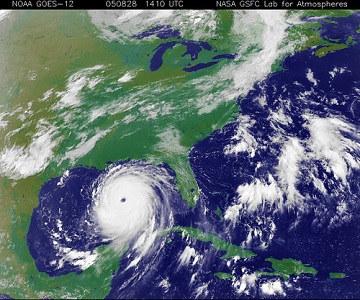Siffir simpson.jpg

The Saffir-Simpson Scale measures hurricane categories based on wind speed. Credit: Marion Doss, CC BY-SA 2.0.
As a hurricane roars toward the American coastline, residents pay close attention to a single number: the hurricane’s category. Category 1 is dangerous but usually survivable, while category 5 is monstrous—an Armageddon with effects that can last for months.
The categories come from the Saffir-Simpson hurricane wind scale. It was conceived in 1969 by Herbert Saffir. He was an engineer who was evaluating the impacts of tropical storms for the United Nations. He showed it to Robert Homer Simpson, Director of the National Hurricane Center, who’d survived a major hurricane in Corpus Christi, Texas, as a child.
Saffir based the scale on wind speeds. Simpson added storm surges and other effects, then began using the scale in 1973. Decades later, the other effects were dropped, so today the scale once again is based on wind speeds alone.
Category 1 begins with winds of 74 miles per hour. They can cause a lot of damage, but the extent and clean-up are fairly minor. Beginning with category 3, at 111 miles per hour, hurricanes are classified as “major.” And the strongest hurricanes, category 5, start at 157 miles per hour. They’re described as “catastrophic,” with near-total destruction.
Not many hurricanes hit the coast at category 5. And most of the ones that do quickly drop to lower levels—still-deadly storms high on the Saffir-Simpson scale.

